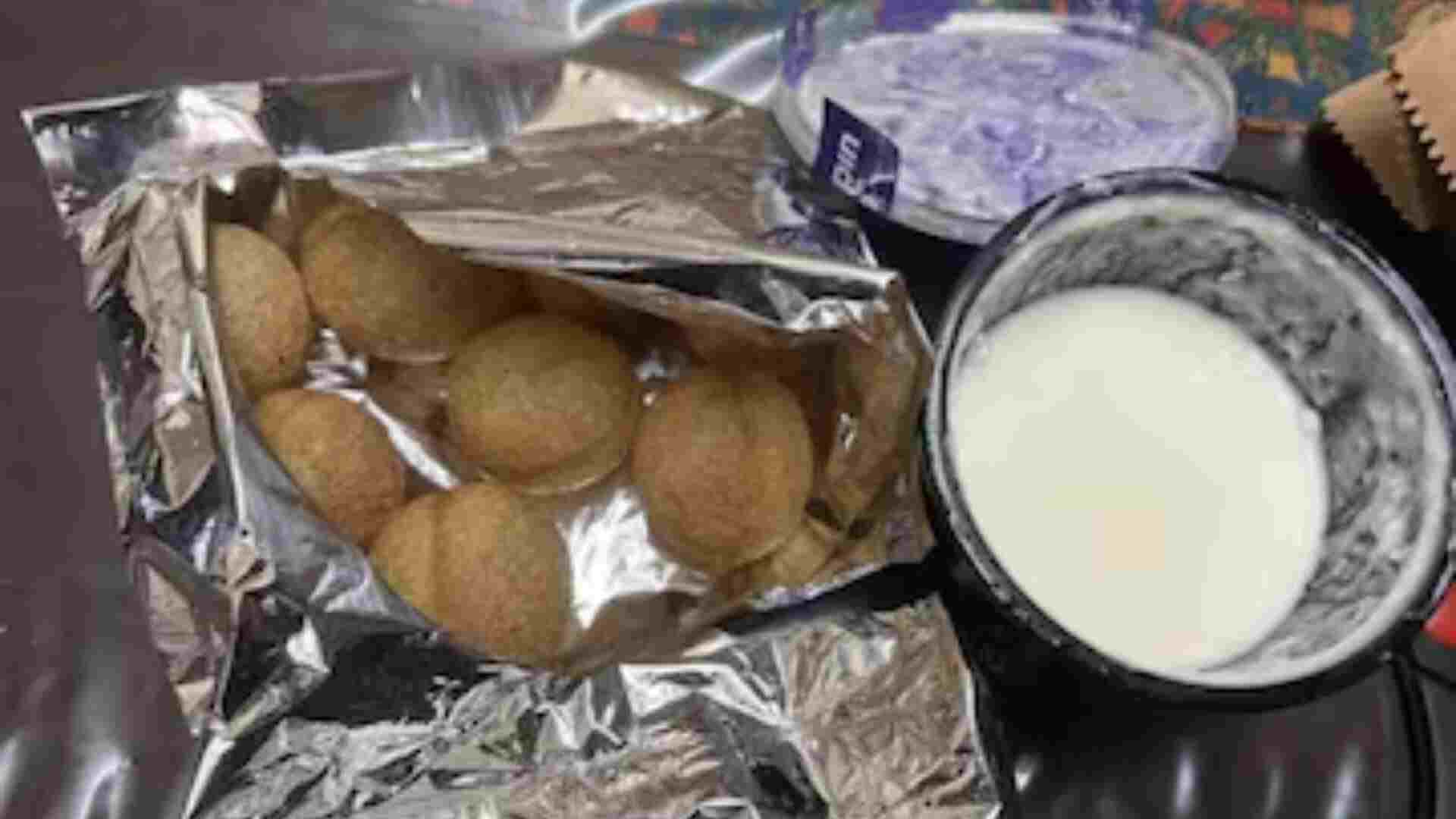
Millets, once a staple in traditional diets, are now gaining recognition as a superfood, especially for diabetics. These small, nutrient-dense grains offer numerous health benefits, particularly for those managing blood sugar levels. Here’s why millets are a great choice for diabetics and how they can be incorporated into daily meals.
The glycemic index (GI) measures how quickly foods raise blood sugar levels. Foods with a high GI cause a rapid increase in blood sugar, while those with a low GI release sugar more slowly and steadily. Millets have a low GI, which means they don’t cause sudden spikes in blood glucose levels. This makes them an excellent carbohydrate option for diabetics, as they help in maintaining stable blood sugar levels throughout the day.
One of the key reasons millets are beneficial for diabetics is their high fiber content. Fiber slows down the absorption of sugars in the bloodstream, which helps regulate blood sugar levels. It also aids in digestion and promotes a feeling of fullness, preventing overeating and helping with weight management—a crucial aspect for many diabetics. Millets like pearl millet, foxtail millet, and finger millet are particularly rich in dietary fiber.
Millets are not just about managing blood sugar; they also provide essential nutrients that support overall health. They are rich in:
These nutrients help diabetics manage their condition while ensuring they receive balanced nutrition.
Studies have shown that regular consumption of millets can improve insulin sensitivity. This means that the body can use insulin more effectively, leading to better blood sugar control. The combination of fiber, magnesium, and other plant compounds in millets is believed to play a role in enhancing insulin function, making them a great addition to a diabetic-friendly diet.
For those who have gluten intolerance along with diabetes, millets offer an excellent gluten-free alternative to wheat and other grains. They are easy to digest and do not cause the bloating and discomfort often associated with gluten-containing foods. This makes millets a suitable option for a wide range of dietary preferences and needs.
One of the biggest advantages of millets is their versatility. They can be used to make a variety of dishes, from breakfast porridges and salads to main courses like khichdi, upma, and even baked goods. Millet flour can be used to make rotis, pancakes, and bread, offering a nutritious alternative to traditional wheat-based products. Their mild flavor makes them easy to incorporate into different cuisines and recipes, ensuring that diabetics don’t have to compromise on taste while managing their condition.
For diabetics, managing blood sugar levels can be a daily challenge. Millets, with their low glycemic index, high fiber content, and nutrient-rich profile, offer a simple and effective way to keep blood sugar in check while providing balanced nutrition. Easy to cook and versatile, millets can be included in everyday meals, making them a practical and delicious option for those looking to manage diabetes through diet.















